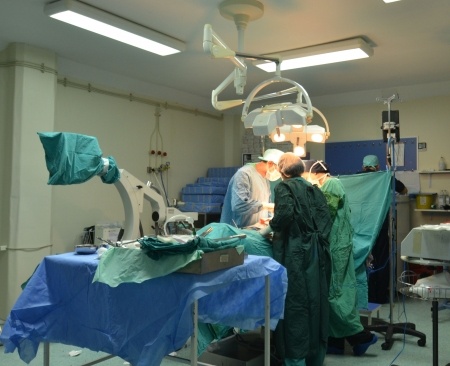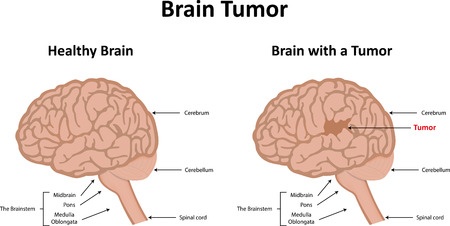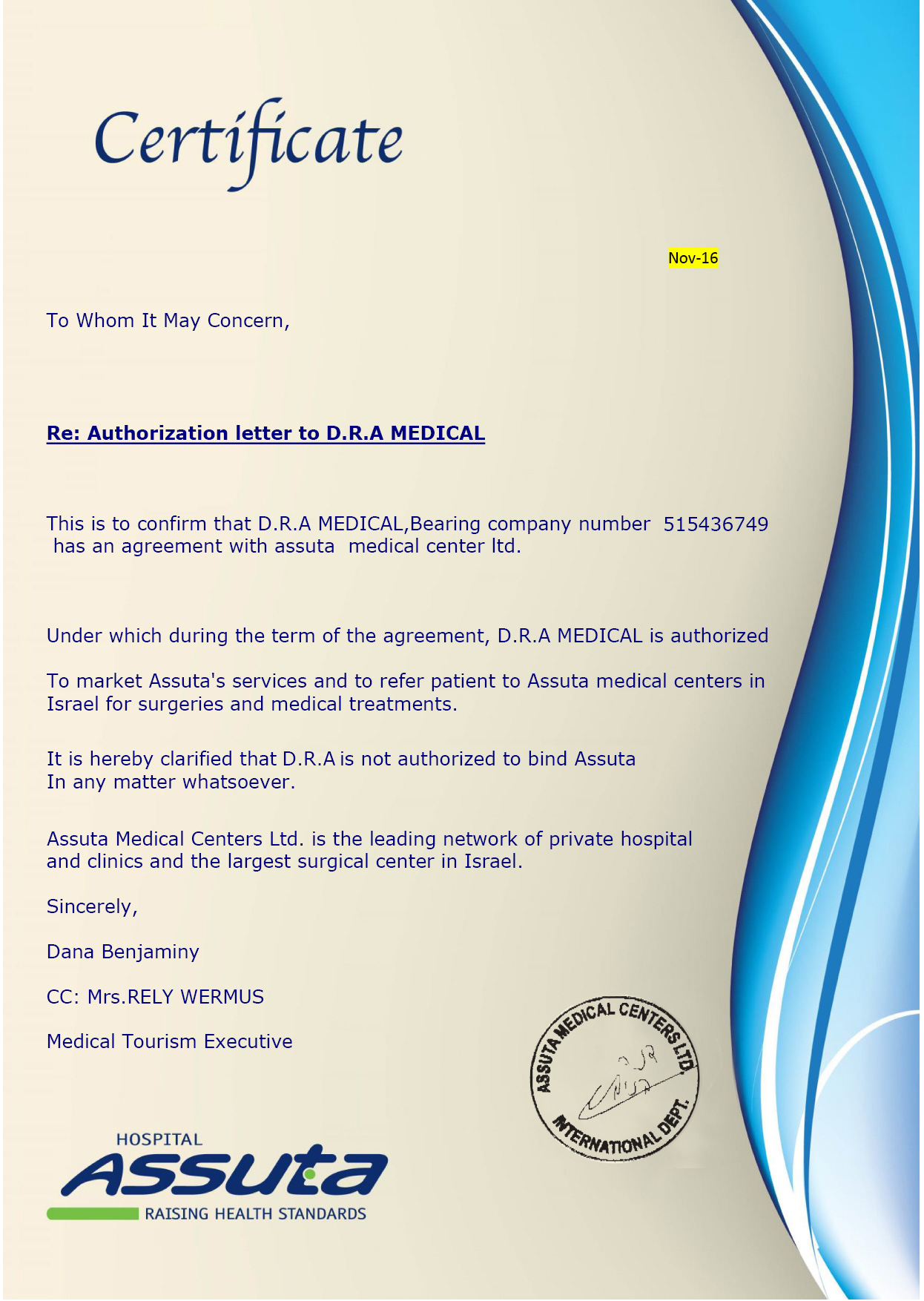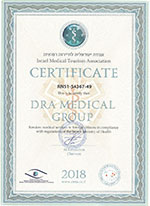Definition and overview
Neuroendoscopy is a minimally invasive procedure that involves using endoscopes to access the brain, spine and peripheral nervous system. The technique allows surgeons to reach the regions of the brain that are typically not accessible with the traditional surgical procedures, while at the same time confining the invasion to a limited portion of the body. This lessens the high risk associated with a medical intervention at the nervous system level.Endoscope is a small device that has a high-resolution video camera and eye piece on the end. These features allow the neurosurgeon to look inside the patients’ body and visually identify the signs of disease. There are endoscopes with a variety of viewing angles on the market. Therefore, it is possible for the neurosurgeon to get a view of the interior of the brain with a level of detail and accuracy that was not remotely feasible with conventional microscopic techniques.
Depending on the objectives of the operation, flexible or rigid endoscopes can be used. If the procedure is carried with the goal of removing a tumor or other tissue sample (i.e., if it involves a concomitant biopsy), a set of appropriate tools are attached to the endoscope’s end, namely scissors and forceps. In very specific cases, laser energy can be applied to treat tumors or cysts.

Advantages and disadvantages of neuroendoscopy
Because of its characteristically less invasive nature, neuroendoscopy has a number of advantages over the traditional surgical procedures. Neuroendoscopy results in:
- Small incision sites, which lead to minimal scarring and minimal trauma to the brain
- Less pain
- Shorter recovery time, with a consequently shorter hospital stay and quicker return to the patient’s daily routines
- Shorter duration of the surgical operation itself
- Better views of the inside of the brain
- Higher magnification and illumination
- High quality images, even in deep narrow fields
The operative environment is understandably bloody, which might compromise the surgeon’s field of vision, thus demanding a regular cleansing of the endoscope. Fogging is also a possible problem that requires the endoscope to be removed to be properly cleaned, and then placed back again inside the patient’s brain. Finally, the operating sheath’s small diameter limits the working channels and this, in turn, hampers the instruments’ movements.
Reasons for the procedure
Neuroendoscopy is generally used in the procedures that approach preexisting or pathologically generated cavities in the central nervous system. It is most popularly known for its application as an auxiliary tool in the tumor removal. Through small holes in the skull, or even through the nose or mouth, the surgeon can treat an assortment of brain tumors, such as:- Pineal region tumors
- Ventricular tumors
- Skull-base tumors
- Pituitary tumors
- Rathke’s cleft cysts

Neuroendoscopy can also be used in the treatment of hydrocephalus. There are several types of hydrocephalus, but those of the third ventriculus of the brain are the most commonly solved by performing a neuroendoscopy. In these circumstances, the procedure is known as the endoscopy third ventriculostomy and involves the placement of a hole in the floor of the third ventricle to remove the excess of brain fluid that defines the hydrocephalic condition.
Neuroendoscopic techniques have also been successfully used in the management of thoracic and lumbar disc protrusions, in the management of upper limb sympathetic mediated pain, in the treatment of intracranial hematomas and in the fenestration of arachnoid cysts.
Risks of the procedure
In spite of its innovative and beneficial aspects, neuroendoscopy, like any other diagnostic and treatment technique, has some risks. The most significant is perhaps the risk of local injury to the surrounding structures. Other risks of neuroendoscopy include hemorrhage (with an associated difficulty in controlling the bleeding), raised intracranial pressure and infection.Contraindications for the procedure
Contraindications for neuroendoscopy are minimal and they depend mainly on the operation or condition at hand. Because of the variety of the disease states that can be managed or treated with the help of neuroendoscopy, an exhaustive list of contraindications will not be provided. An experienced and adequately trained surgical team will know the circumstances under which it should not perform the neuroendoscopic procedures and the circumstances under which undergoing this type of interventions is acceptable.The knowledge of neurosurgeon is, eventually, a key to the surgery’s success. The DRA’s specialists have lots of experience in using neuroendoscopy for treating various conditions.













